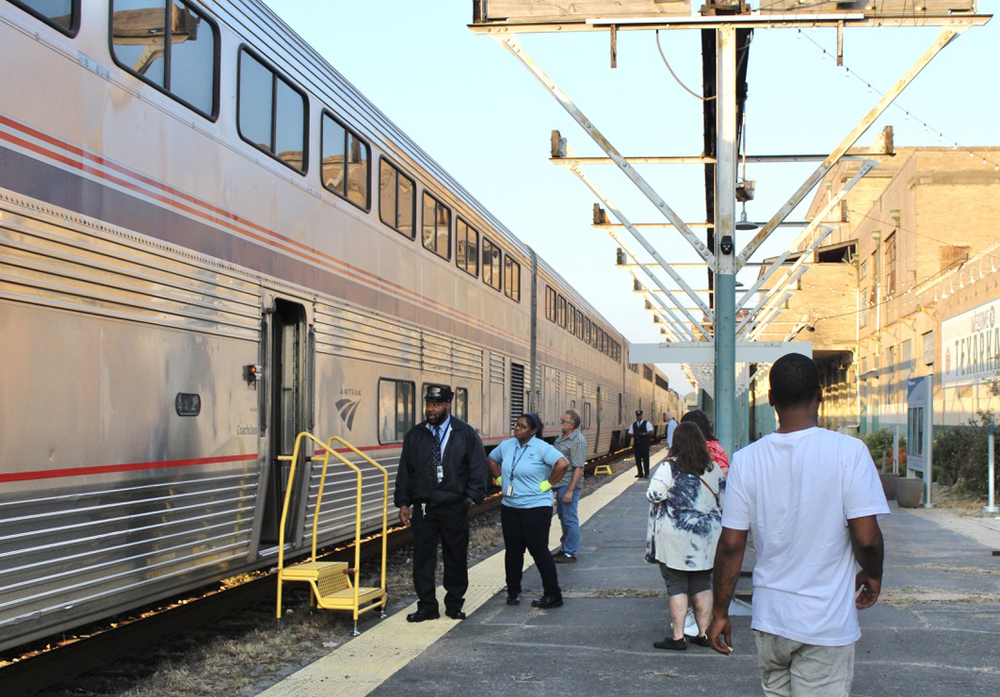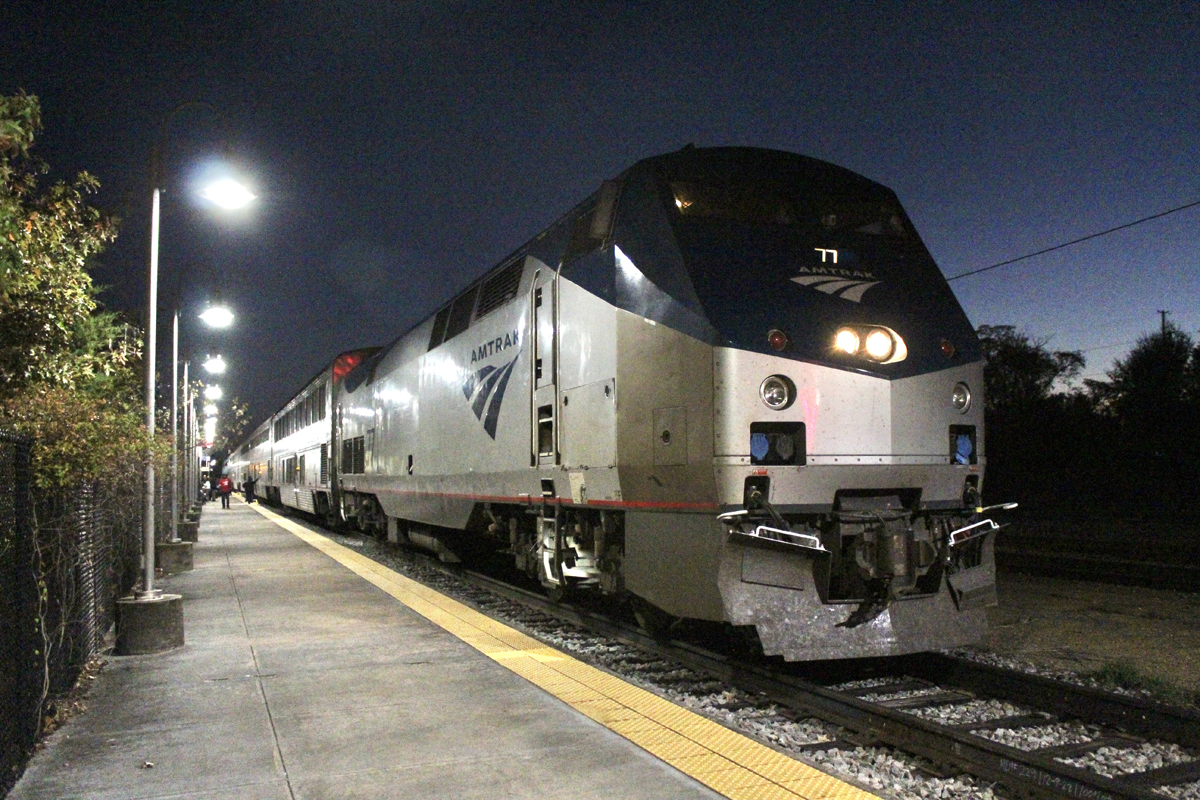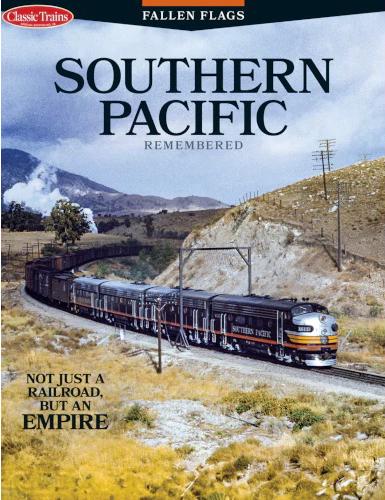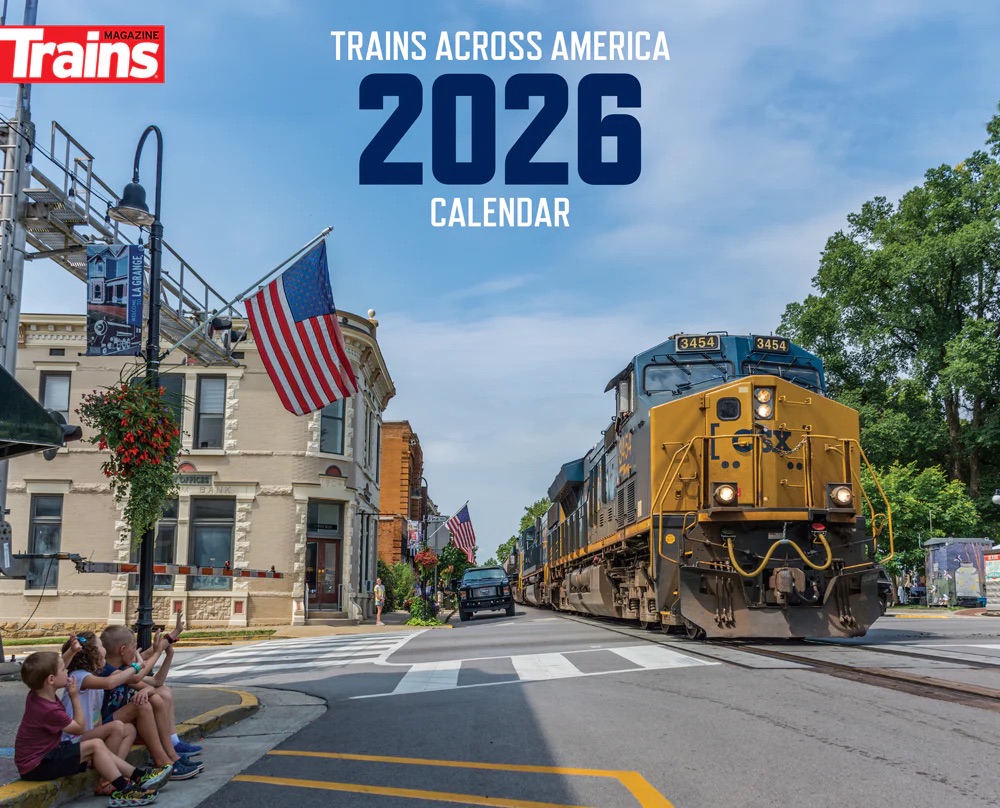
COLUMBUS, Ohio — Communities represented by two regional commissions, along with the city of Ft. Wayne, Ind., have committed some $650,000 in funding for a proposed Amtrak service linking Chicago and Pittsburgh via Ft. Wayne and Columbus.
The Mid-Ohio Regional Planning Commission announced the funding, also including backing from the Southwestern Pennsylvania Commission, on Oct. 14. It provides the local match for federal funding in the second step of developing the route under the Federal Railroad Administration’s Corridor Identification and Development Program. That step involves creating a Service Development Plan, addressing such details as forecast demand for the service, train frequency, station locations, potential revenue, and an environmental report.
About $400,000 came from Ohio communities, according to the MORPC.
“This is a strategic investment in the future quality of life in small towns, suburbs, and big cities across these routes,” William Murdoch, MORPC executive director, said in a press release.
The route is one of 69 selected in 2023 for further exploration under the Corridor ID Program [see “Full list of passenger routes …,” Trains.com, Dec. 8, 2023]. Fort Wayne had sponsored the route’s original application, leaving some uncertainty about the source of funding for later stages of the program.
More on the proposed route, also known as “Midwest Connect,” is available here.














Seems to me the route is old PRR, but the last time I looked, the “Ft. Wayne
speedway” was in terrible shape.
Columbus us a success story – a growing city which is both a state capital and the site of the state’s leading public university. So far so good — but what do we know about the rail lines which this proposal would utilize? Are they any good?
Click on the link at the very end of the article – you find a free-spending consortium of governmental bureaucracies and NGOs. What you don’t find are railroad companies.
Anybody can draw a line on a map joining major cities and VOILA! a passenger train. We’ve had 54 years of experience to show that doesn’t always work.